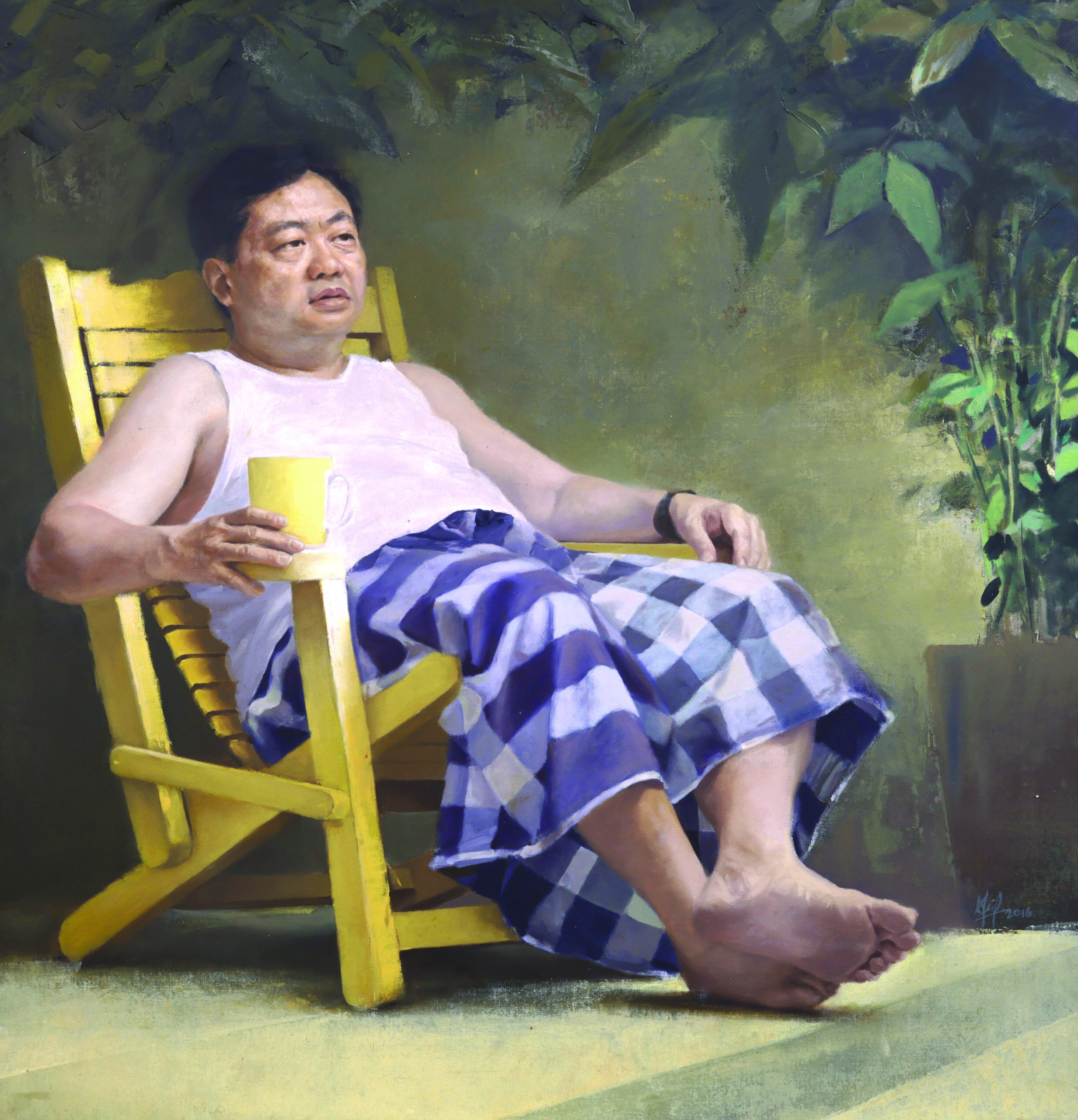
A visit to Krabi, Thailand is not all about its islands and beaches.
If you are willing to trade the warm seawater for cooling, refreshing freshwater, make a pit stop at Krabi Emerald Pool.
Emerald Pool

Located at the Khao Phra Bang Khram Nature Reserve about 70km from Krabi town, this large natural pool is perfect for swimming in.
Living up to its name, the pool is indeed emerald in colour. The crystal clear water is perfect to take a selfie underwater.
About 600m from the Emerald Pool, there is another pool aptly named the ‘Blue Pool’ which is closed to the public from May to October during the bird-mating season.

In what I thought was a good move to stop littering, no food and canned drinks are allowed in the Emerald Pool area.
But if you have purchased food prior to your visit, there are wooden railings prepared especially for you to leave your snacks or drinks at the entrance.
It’s a simple yet great way to keep the reserve clean, plus, a board for you to hang your food? That is not something you see everyday.
However, visitors are allowed to bring bottled mineral water or drinking water onto the site.

There are two ways to get to the Emerald Pool from the entrance. First is by an 800-meter gravel road which will take about 15 to 20 minutes’ walk and another is over a narrow, concrete 1.4km pathway, which will take about 25 to 30 minutes.
The tranquil walk to the Emerald Pool offers a great opportunity for bird-watching.
There are signs provided along the way on what type of birds you could watch out for, so keep your eyes peeled!

The reserve is home to some rare bird species including Gurney’s Pitta, “the most wanted bird in Thailand”.
Its last reported sighting in Thailand was at the reserve in April 2016.
So if you paid enough attention or have a huge amount of luck, you might be able to spot this rare bird during your visit.
Krabi Hot Spring

Some say this place is therapeutic while others call it soothing. Most visitors would agree that the Krabi Hot Spring is one of the must-visit sites in the province.
Rich in natural mineral salts, the water is about 35 to 40 degree Celsius. Some claim that a good soak in these ‘hot tubs’ could cure disease such as rheumatism and sciatica.
Since the place is only about 15 minutes from the Emerald Pool, you can plan to visit both sites in one day.

Both places are famous among locals, so if you want to avoid the crowd, you might avoid visiting during weekends or public holidays.
The best time to visit is early in the morning before the children get out of school.
Tours to both Emerald Pool and Krabi Hot Spring are available from Ao Nang and Krabi town. If you are feeling adventurous, you can rent a car and drive there on your own.
Read more about travel in Krabi:



















































































































